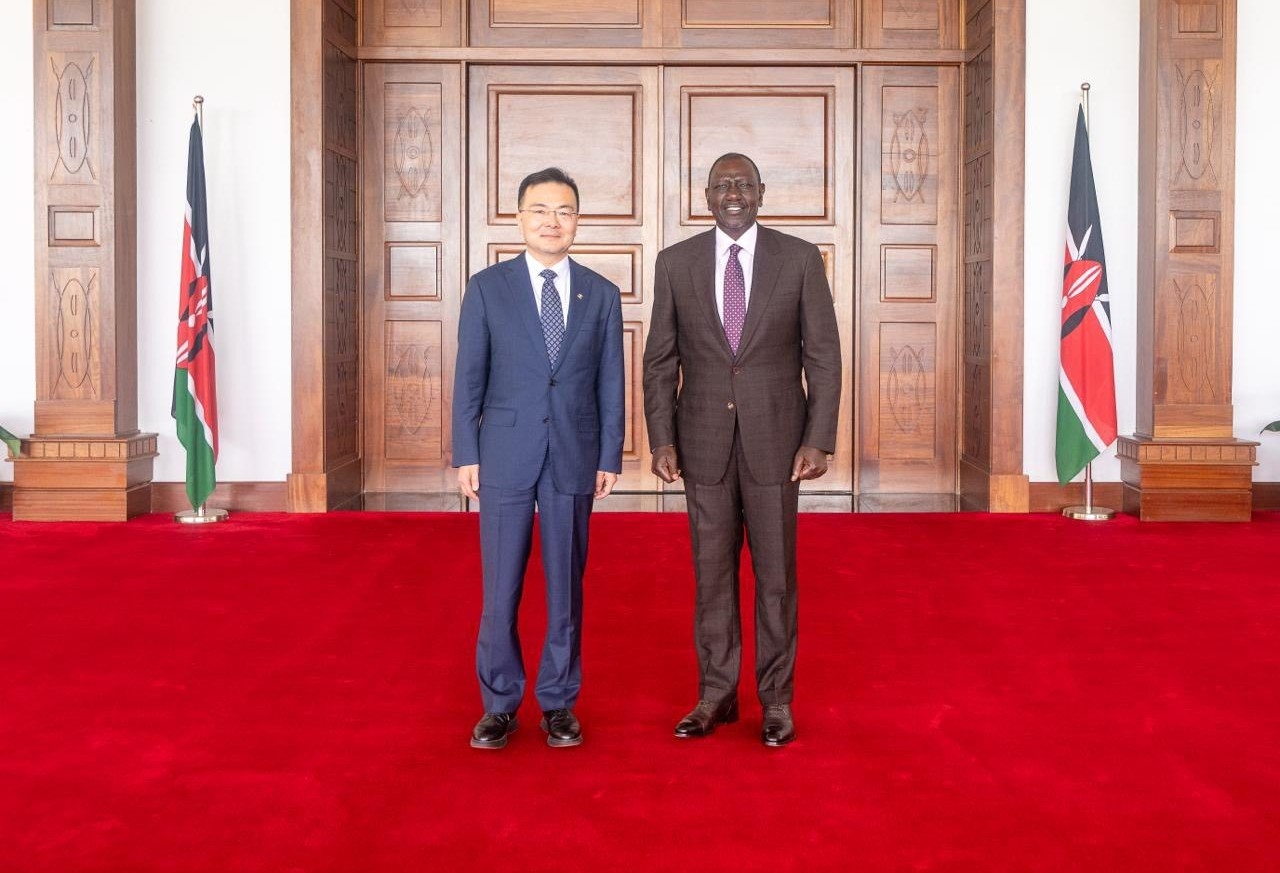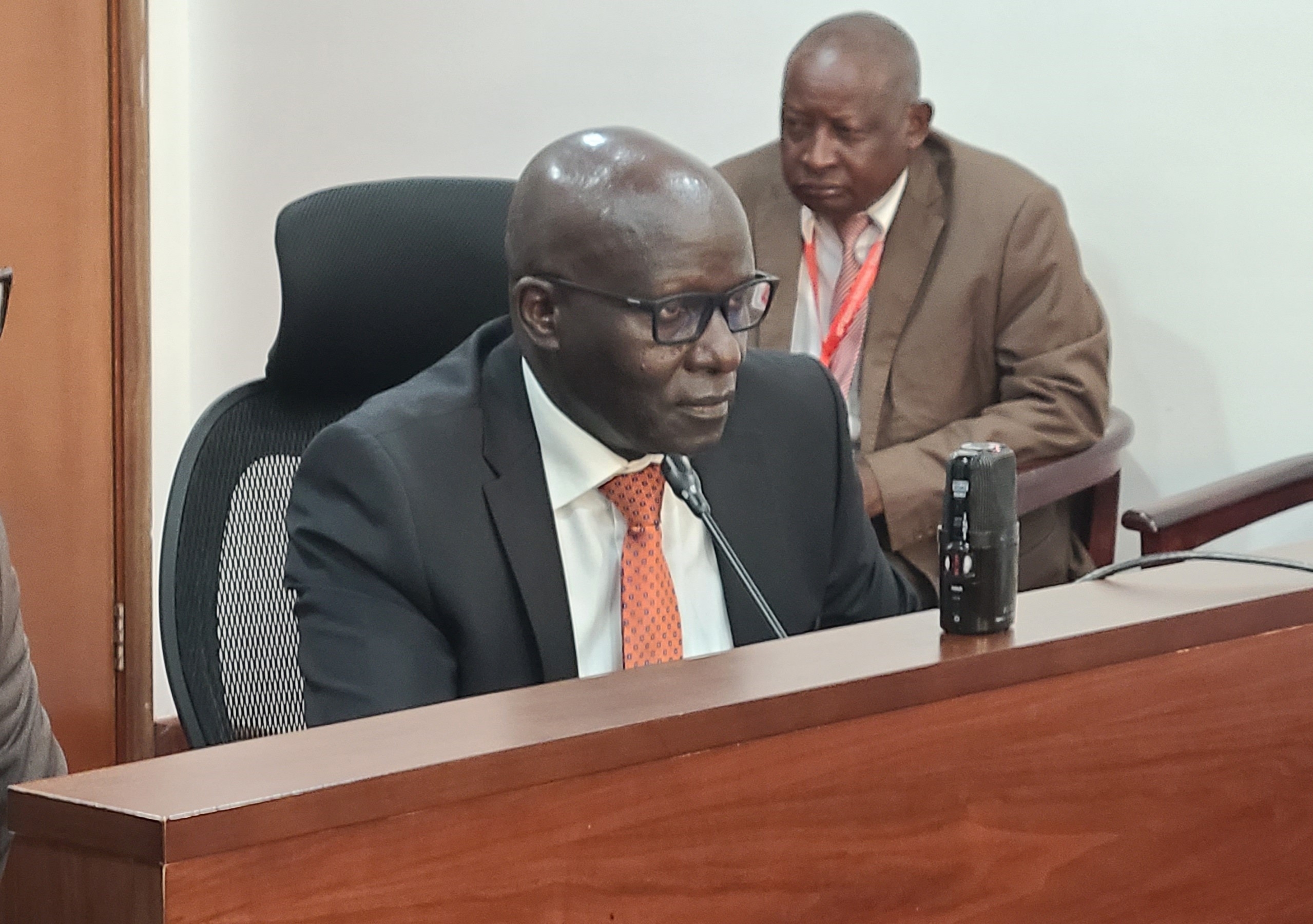

The World Health Organization has warned that gonorrhoea, a sexually transmitted infection, is becoming increasingly resistant to antibiotics.
In new data that monitors the spread of drug-resistant gonorrhoea, WHO indicated the need to strengthen surveillance, improve diagnostic capacity and ensure equitable access to new treatments for sexually transmitted infections.
The release of the new data coincides with World Antimicrobial Resistance (AMR) Awareness Week, reinforcing the importance of global action against drug-resistant infections.
“This global effort is essential to tracking, preventing, and responding to drug-resistant gonorrhoea and to protecting public health worldwide,” Director of the WHO Department for HIV, TB, Hepatitis & STIsTereza Kasaeva said.
She added: “WHO calls on all countries to address the rising levels of sexually transmitted infections and integrate gonorrhoea surveillance into national STI programmes.”
According to the report, between 2022 and 2024, resistance to ceftriaxone and cefixime, the primary antibiotics used to treat gonorrhoea, rose sharply from 0.8 per cent to 5 per cent and from 1.7 per cent to 11 per cent respectively.
"The resistant strains were detected in more countries. Resistance to azithromycin remained stable at 4 per cent, while resistance to ciprofloxacin reached 95 per cent," the report read.
Brazil, Cambodia, India, Indonesia, Malawi, the Philippines, Qatar, South Africa, Sweden, Thailand, Uganda and Viet Nam reported 3,615 cases of gonorrhoea.
Over half of all cases of symptomatic gonorrhoea in men (52%) were reported from countries in the WHO Western Pacific Region, including the Philippines (28 per cent), Viet Nam (12 per cent), Cambodia (9 per cent) and Indonesia (3 per cent).
Countries of the WHO African Region accounted for 28 per cent of cases, followed by countries in the South-East Asia Region (13 per cent, Thailand), the Eastern Mediterranean Region (4 per cent, Qatar) and the Region of the Americas (2%, Brazil).
The median patient age was 27 years (range: 12–94). Among cases, 20% were men who have sex with men, and 42 per cent reported multiple sexual partners within the past 30 days.
Eight percent reported recent antibiotic use, and 19% had travelled recently.
In 2024, WHO advanced genomic surveillance, with nearly 3000 samples sequenced from eight countries.
Landmark studies on new treatments such as zoliflodacin and gepotidacin, as well as studies on tetracycline resistance, were conducted by WHO’s Collaborating Centre on AMR in STI in Sweden, in coordination with WHO.
EGASP continued to expand its reach in 2024, with Brazil, Côte d’Ivoire and Qatar joining the programme, and India beginning implementation and data reporting starting in 2025 under its National AIDS and Sexually Transmitted Diseases Control Programme.
Despite notable progress, EGASP faces challenges, including limited funding, incomplete reporting, and gaps in data from women and extragenital sites. WHO calls for urgent investment, particularly in national surveillance systems, to sustain and expand global gonococcal AMR surveillance.

















